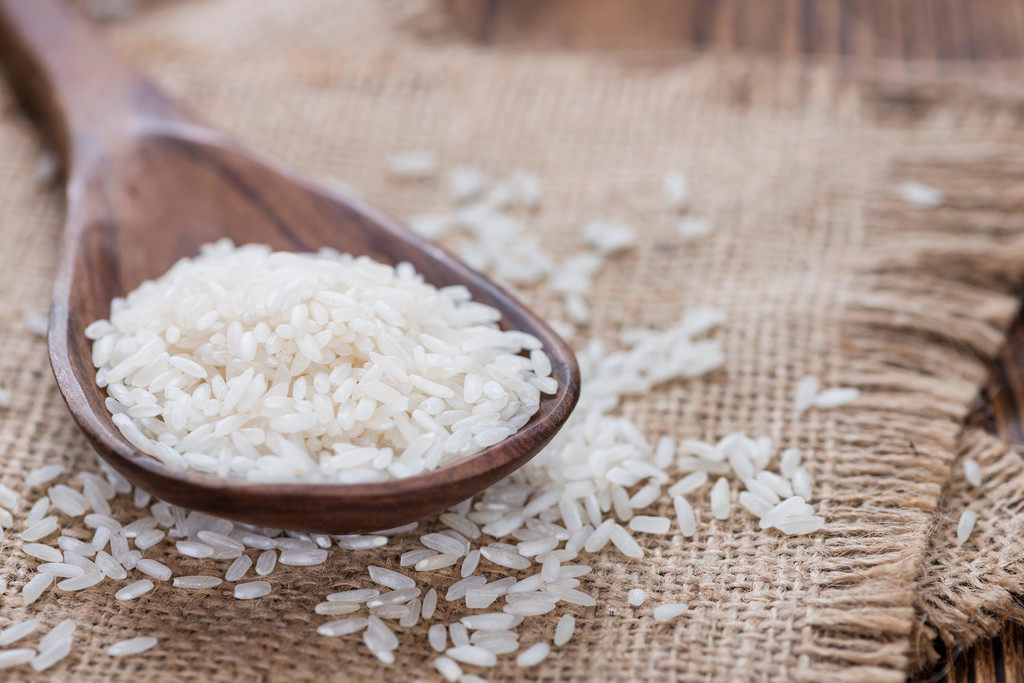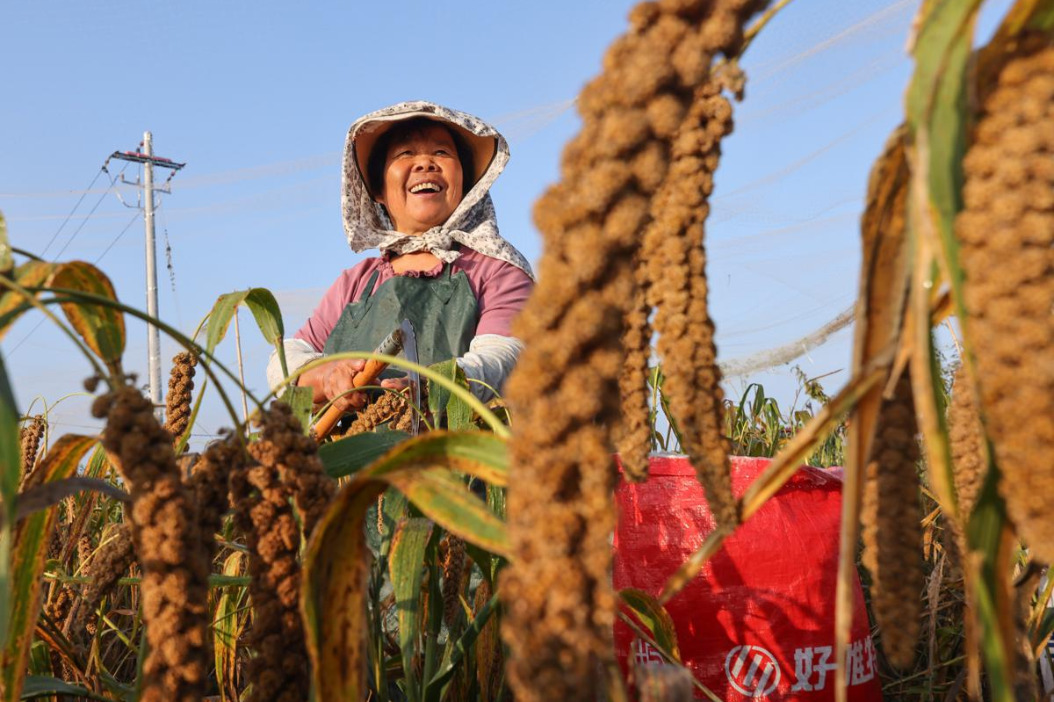Chinese researchers discover gene helping rice reduce heavy metal pollution


BEIJING -- Chinese researchers have discovered a gene which plays an important role in cadmium accumulation in rice, providing a reference for the cultivation of low-cadmium rice varieties.
Cadmium, a kind of toxic heavy metal, can be easily absorbed and enriched in rice, and then enters the human body through the food chain, thus posing a serious threat to human health.
By using the genome-wide association study technology and gene annotation system, researchers from the Institute of Botany, Chinese Academy of Sciences and China Agricultural University successfully identified a rice grain cadmium accumulation related gene called OsCd1.
OsCd1 was a plasma membrane protein in root and the disruption of OsCd1 resulted in a decrease of cadmium accumulation in rice, indicating OsCd1 may mediate the cadmium uptake in rice root and, ultimately, contribute to grain cadmium accumulation.
The study further analyzed different molecular mechanisms of cadmium accumulation in indica and japonica rice, the two Asian cultivated rice subspecies. Indica rice is mainly cultivated in southern China and is more vulnerable to cadmium pollution.
The research has great potential for application in low-cadmium rice breeding, especially in indica rice, according to the research team.
The research was published in the journal Nature Communications.
- China Focus: China's intelligent river governance draws global attention
- Major cultural landmark opens in Xiong'an New Area
- Intl fishing competition attracts 1,200 athletes from 21 countries
- Across China: Climate change in China's arid northwest draws academic, public attention
- China Focus: Chinese scientists propose excess 40Ar in lunar soil possibly from Earth wind
- Chinese team achieves breakthrough in multiple drone flight against challenging winds




































